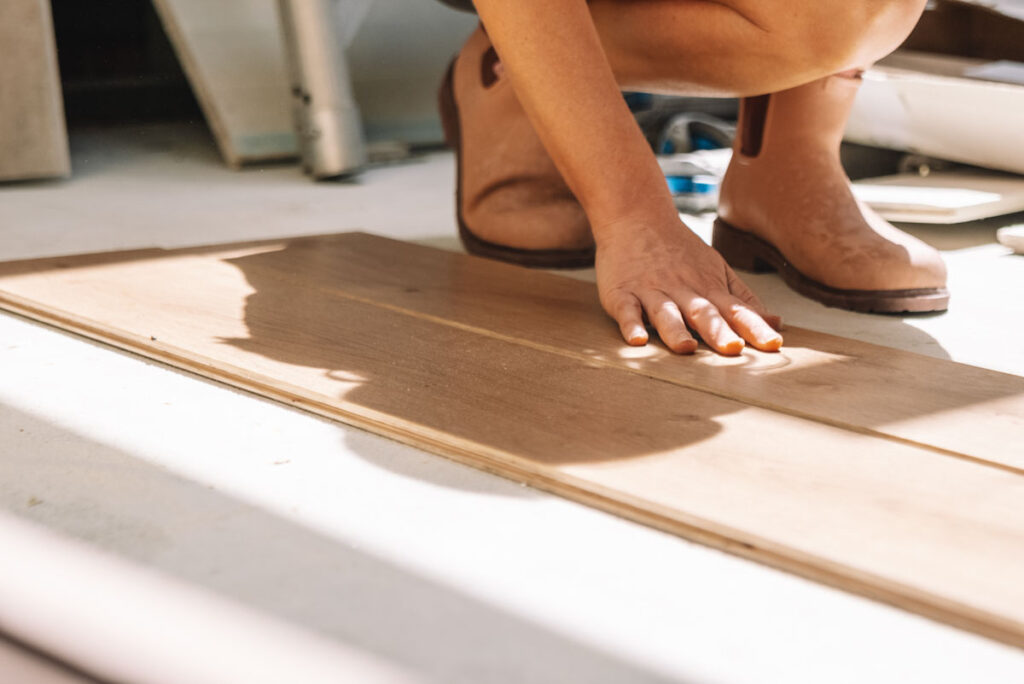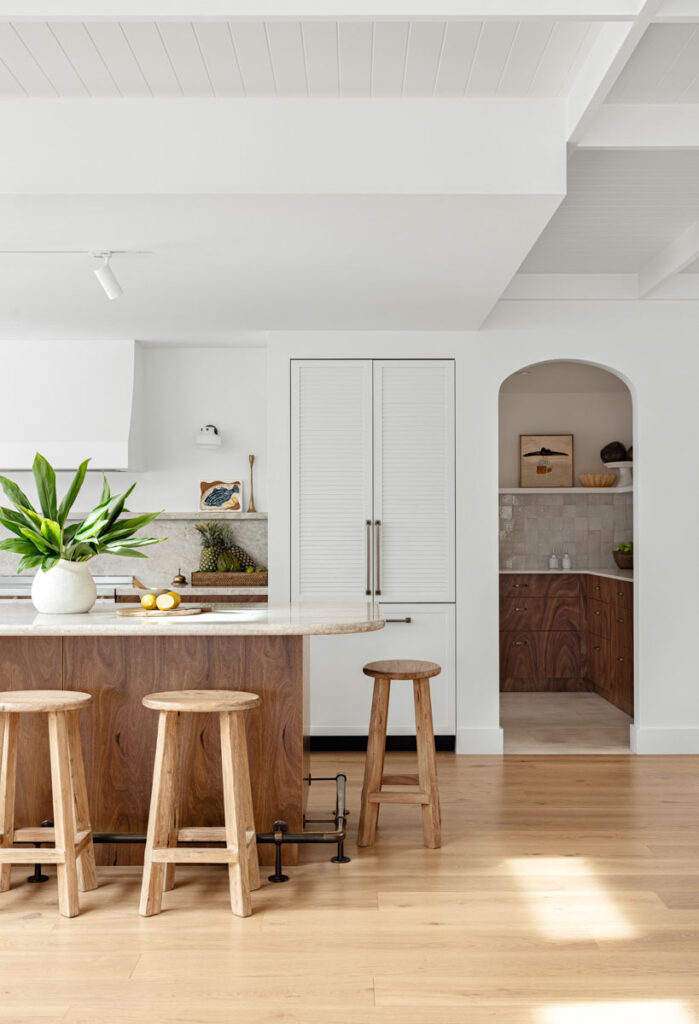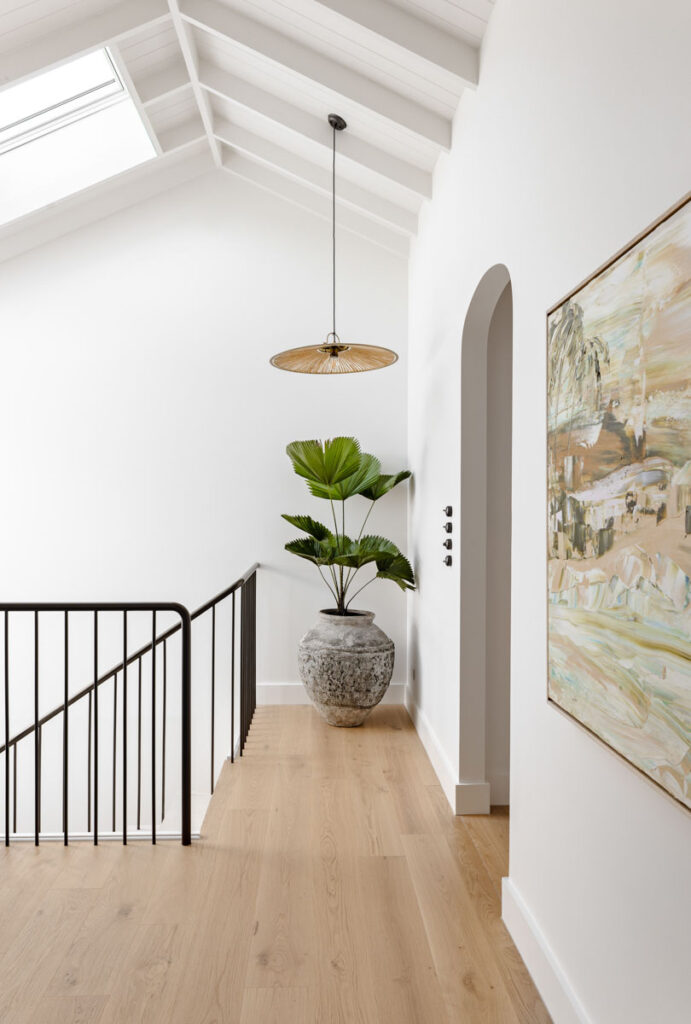So, what’s all the buzz around engineered floorboards about? You’ve probably seen these stylish boards gaining popularity everywhere, and for a good reason. When it comes down to it, engineered boards often end up as the go-to over traditional solid timber. Here’s what makes them special and some pros and cons to help you decide.

What Exactly Are Engineered Floorboards?
Engineered floorboards are made by layering a solid wood veneer over layers of plywood or other hardwoods. This design gives you the beauty of real wood on top with a stable, durable foundation beneath – keeping your floors looking gorgeous even with temperature and humidity fluctuations.
The Advantages of Engineered Floorboards
- Quick Installation:
Engineered boards are pre-finished, which means they’re ready to go as soon as they’re laid down. Solid timber, on the other hand, needs sanding and finishing, adding both time and cost.
- Consistent Look & Variety: You’ll know exactly what you’re getting with engineered boards, with endless finish options that offer a consistent look from the start. Solid timber can have color and grain variations, making it trickier to predict the final appearance.
- Budget-Friendly Options: Generally more affordable than solid timber, engineered boards cost less when factoring in sanding and finishing – from $80 to $300+ per square meter.
- No Nails Needed: Engineered boards can be installed as floating floors or glued down, leaving no visible nails. Solid timber often shows nails, depending on the installation.
The Downsides of Engineered Floorboards
- Limited Resanding: While solid timber can be refinished repeatedly, most engineered boards can only be sanded once or twice.
- Moisture Sensitivity: Engineered floors are more stable than solid wood but aren’t ideal for moisture-heavy areas like bathrooms or laundries.
- Wear and Tear: High-traffic areas may show wear faster on engineered floors, especially as they can’t always be sanded back down.
The Bottom Line
Engineered floorboards offer versatility, durability, and affordability, making them a fantastic choice for many spaces. Solid timber still holds an appeal for its longevity and unique character, with each plank telling its own story. The choice comes down to your needs, budget, and style vision.


What We Used at TMF: Desert Engineered European Oak Flooring
For The Maybe Forever, we selected European Oak in the Desert finish from Big River Group’s premium collection. With its heavy-duty veneer and beautiful natural grain, it provides the look and performance of solid hardwood without the high cost. Here’s why we love it:
- Natural Character: The European Oak series from Big River Group embraces timber’s natural charm, with colors ranging from Desert (our pick!) to Blonde, Coast, Ash, Tan, and Mocha.
- Durability: The extra thickness of the top veneer allows for more than one resanding, meaning your floors can be refreshed over the years.
- Wide Planks: Available in planks as wide as 220mm, 240mm, and 260mm, it creates an open, luxe feel – perfect for modern or rustic-inspired spaces.
To learn more about the product we used, check it out here.
Whether you’re after a budget-friendly beauty or solid timber longevity, engineered floorboards bring warmth and elegance into your space, blending style with functionality.
+ show Comments
- Hide Comments
add a comment